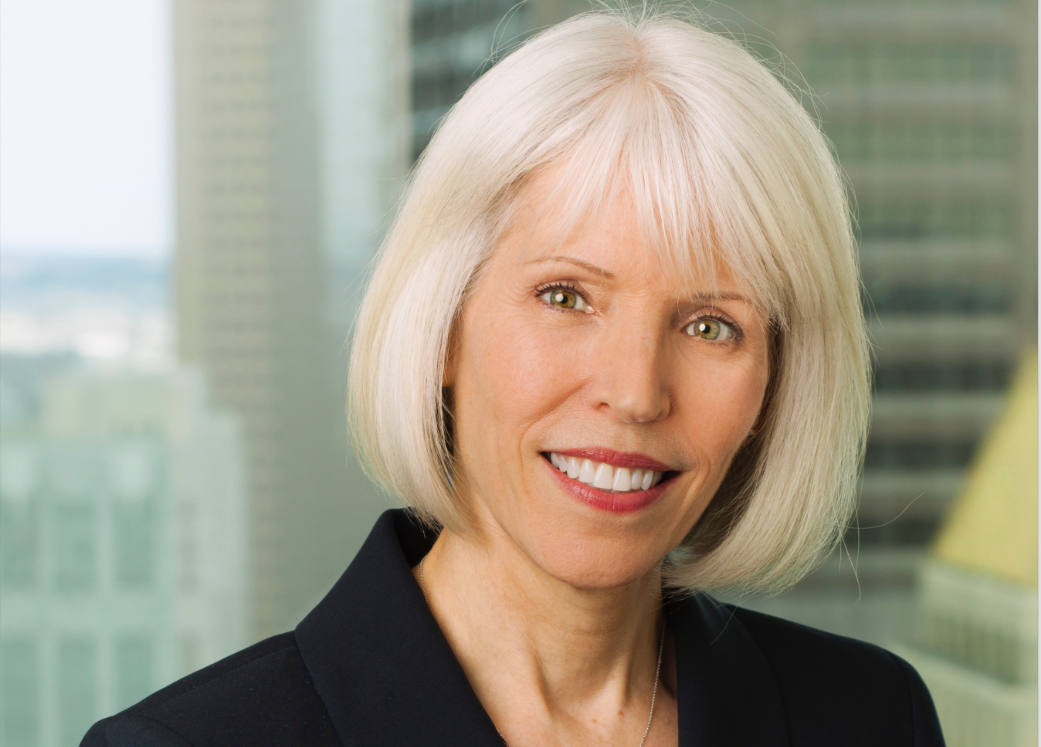Active investing has experienced large outflows during the last 6-7 years as investors have tilted towards ETFs and other index funds, which typically offer a way to get market exposure at far lower fees. The trend has been so strong that passive U.S. equity funds could soon overtake their active peers. However that is not the case for the Growth Equity Strategies team at Loomis Sayles, a Natixis affiliate, which has received over $25 billion dollars in the last 8 years. Their performance might be the reason of their popularity. How do they do it?
They are an active manager with a long-term, private equity approach to investing, that looks to invest in high-quality companies with secular, sustainable competitive advantages and profitable growth, “but we only want to buy them when they trade at a significant discount.” Says Hollie Briggs, vice-president and product manager at Loomis Sayles, in an interview with Funds Society.
Their process is not a normal one. With a bottom-up approach, each of their seven analysts looks at around five new names every year while also updating their, close to 150 names, library.
Briggs mentions that with around 2 months of research per new name, the analysts take a very deep dive into the company’s core. “Since we are dealing with public information, to have a different view you have to have a an independent insight.
In order to decide on a name to analyze, they start by looking at the global value chain analysis at each industry in order to identify the players that are generating the largest profits. Then they forget about the past and only look at what they think that is going to happen in order to create a 10-year forecast, taking into consideration the addressable market and growth expectations. With that in mind they look at what the present value should be, and act accordingly.
At Loomis Sayles, valuation drives timing. According to Briggs, “short term investors overreact to information” and when that happens, her team looks at the issue and asks key questions to see if the intrinsic value of the company changes on the long term. “We look at our models and reverse engineer what would have to be true for the value to be correct and if we disagree then we up our position.” She mentions.
In general, they prefer names that are current secular long-term drivers of growth, with high barriers to entry. Theirs is a long term game. One of their portfolio companies spent close to 5 years in their library and two years in the building its position phase.
Their team is also chosen carefully. In order to hire their last recruit the team went over 1200 resumes. More that what company the candidate has worked at or what school he or she went to, at Loomis Sayles they look for three main things: They want people that are passionate about investing, as well as independent thinkers that believe that their work is enhanced when they work as a team.
They need someone “that cannot be swayed by market consensus, because we are buying when everyone is selling it takes someone that is comfortable being different,” Hollie mentions, adding that at Loomis Sayles, in order to add a name to the portfolio there also has to be a team discussion. Analysts there are a true team, not competing with each other but with other asset managers since compensation there does not depend on how well each analysts’ names perform in the portfolio, but according to Hollie, on a single number “and that is TOTAL portfolio performance.” She concludes.

